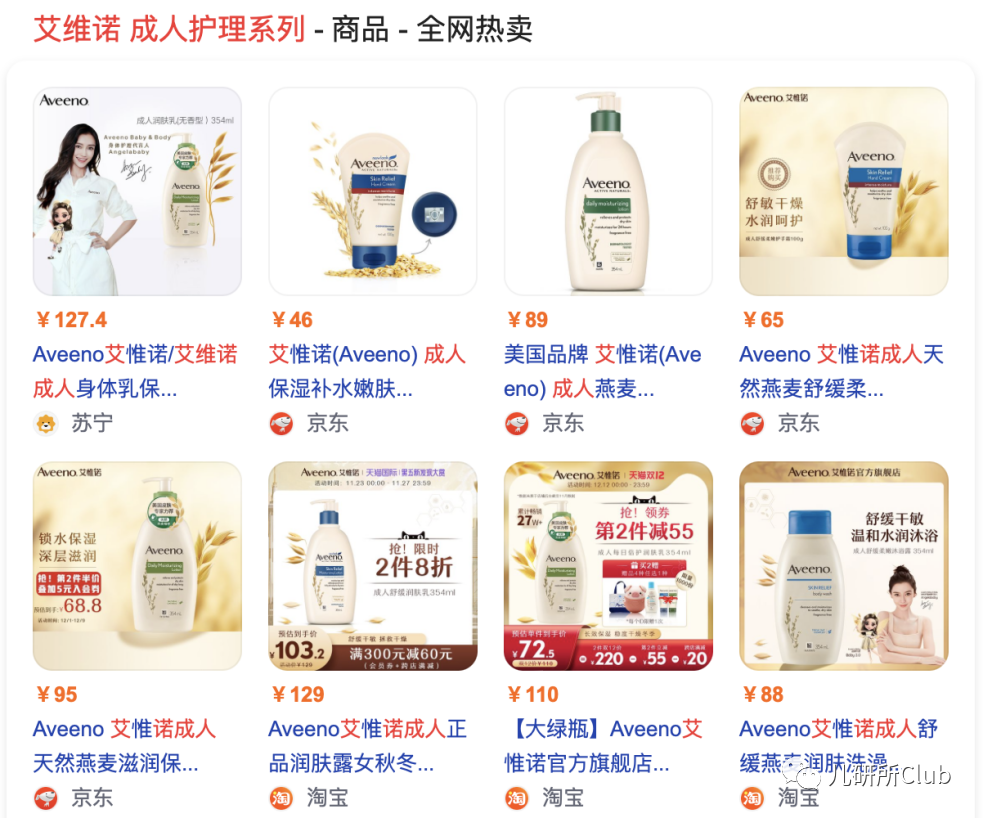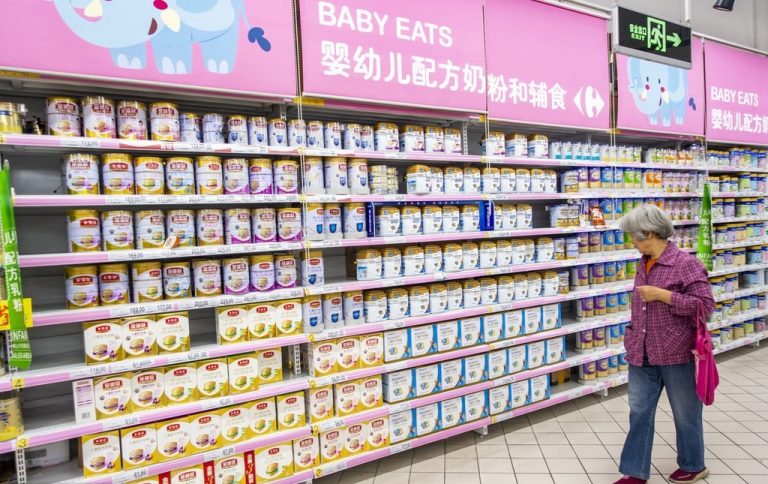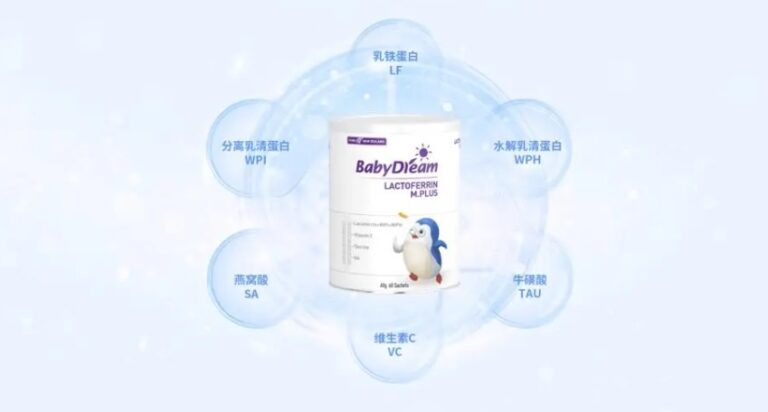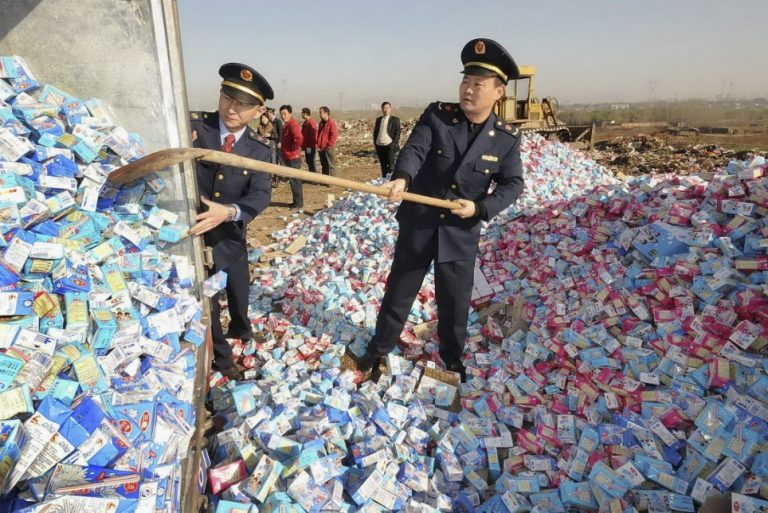Need a cost effective TP (Tmall Partner) to sell in China?
We are an Official Tmall Partner e-commerce Agency. Our Services: E-Commerce, Search Engine Optimization, Advertising, Weibo, WeChat, WeChat Store & PR.
Size and Development Trends of the the Maternal and Infant Wash Care Market: 2024
Policy Direction: As a segment of the cosmetics market, maternal and infant wash care products are moving towards standardization under the trend of stricter cosmetics regulation. Since 2021, the focus of the cosmetics industry’s regulation has been on product safety and the compliance of marketing claims. With the release of the “Child Cosmetics Supervision and Management Regulations” on October 8, 2021, the child cosmetics industry is set to enter an era of independent regulation. This regulation, China’s first specific regulatory document for child cosmetics, stipulates, among other things, labeling requirements and other regulations related to child cosmetics that took effect from January 1, 2022.

Safety
The “Child Cosmetics Supervision and Management Regulations” comprises 22 articles that strictly regulate the safety of child cosmetics, covering aspects like definition, labeling, formulation principles, safety assessment requirements, production/operation (including online), registration and record management, production/operation supervision, and random inspection monitoring related to child cosmetics. Particularly in formulation design, the principles of “safety first, necessary efficacy, and minimal formulation” should be followed.
Changes in Consumer Demographics: According to the “2022-2028 China Maternal and Infant Wash Care Industry Market Panorama Survey and Investment Potential Research Report” by Zhiyan Consulting, a series of fertility policies have been introduced in recent years in response to population aging and to improve China’s population structure. Policies such as the “two-child policy for couples where both partners are only children” in 2011, the “single-child two-child policy” in 2013, and the full implementation of the two-child policy in 2016 were introduced, but these did not fundamentally improve the birth rate. In 2020, the number of births in China decreased to 12 million, down by 2.65 million from 2019, a decline of 18.1%, marking the lowest since the founding of new China. To address the continuous decline in birth rates, China further introduced the three-child policy on May 31, 2021, along with a series of supporting policies, showing unprecedented emphasis on boosting the fertility rate. Under policy stimulation, the overall maternal and infant market size is expected to maintain a growth foundation.
More money for Babies
As China’s per capita disposable income has continuously increased, the level of consumption upgrade in the maternal and infant industry has been driven. This upgrade is driven by both an upgrade in consumption ability, as the per capita income level continuously increases, and an upgrade in consumption concepts, as consumer needs become more diverse and individualized. The development of new media marketing platforms has also effectively promoted the output of maternal and infant consumption concepts.
The transformation in parenting concepts has promoted the consumption upgrade in maternal and infant care, leading to increased spending on maternal and infant wash care products. The “4-2-1” inverted triangle parenting model leads to higher disposable spending on child-rearing. Modern Chinese families have formed a “funnel-shaped” structure of “4+2+1,” and with the overall improvement in family consumption ability, each family is willing to invest more income into infants and young children. At the same time, the separation of buyers and consumers in maternal and infant consumption means that consumption preferences depend on the buyers. The post-90s generation has now become the mainstream childbearing group, and according to Nielsen statistics, this consumer group pays more attention

4 operational Tips that can help brands break through in the babycare market:
- Marketing: Endorsement by experts to gain consumer trust.
- Consumers increasingly demand professionalized parenting, and KOL content marketing with professional endorsements has become an important conversion method for maternal and infant wash care products. Brands are actively seeking endorsements from hospitals and experts for their products, combining this with content marketing and collaborations with KOL/KOCs to enhance product trust among consumers.
- Product: Refinement, diversification, and functional upgrades.
- With more detailed product needs and usage scenarios, maternal and infant wash care products should also become more refined. The post-90s maternal and infant group, predominantly mothers, is leading to more diversified product choices. Beyond essential products like shower gels and lotions, more specialized categories such as children’s sunscreen, facial cleansers, and masks are also entering the maternal and infant group’s consumption list, offering significant future growth potential.
- Category: Baby series driving the comprehensive development of adult skincare.
- Aveeno actively extends its reach from baby wash care to adult wash care. The baby wash care line is a foundational advantage, while the adult wash care line presents significant growth potential. Aveeno aims to build a skincare connection between the brand and the maternal and infant group through multi-category outreach.
- Brand: Leveraging the main brand’s channel advantages for synergistic effects.
- In the infant and toddler wash care track, new players like Winona Baby have shown impressive performance. Winona Baby, focusing on professional infant and toddler care, initially relied on professional channels to build its reputation. The brand is expected to achieve substantial sales growth and make a significant contribution to the company’s performance next year.







